Three Ways Amish Heat Their Homes
How do Amish keep their homes warm? Heating methods and costs are on the minds of many of us, both Amish and English, every year as the calendar moves into the winter months.
But as a group which does not use public grid electricity, how do the Amish heat their homes? Here are three ways they do it (read on, or check out the video version below):
1. Wood or coal stoves
Wood or coal-burning stoves are the most common form of heating among the Amish. Typically situated in the basement or on the first floor. Some homes will have several heating stoves in different first floor rooms.
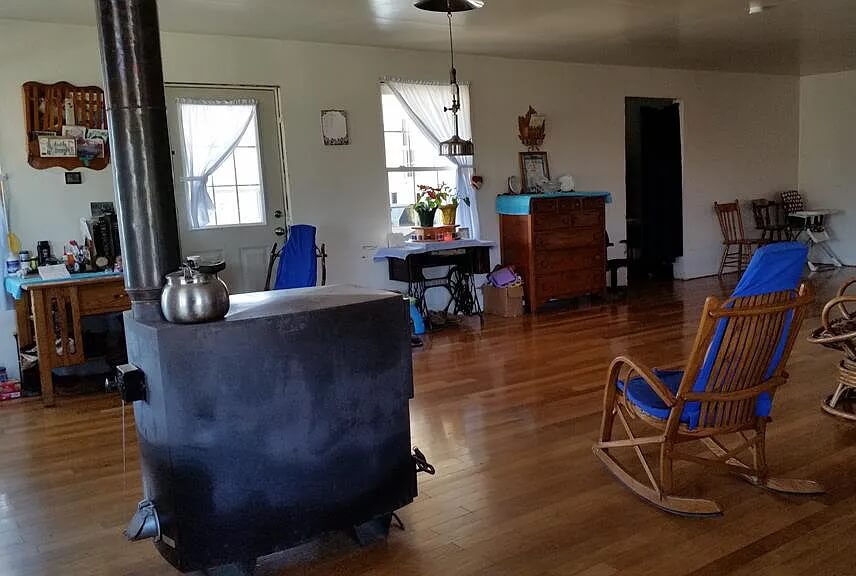
These stoves can have different designs and to some degree function in different ways. A reader in northern Indiana quite familiar with the technology shares the following on stoves made by DS Machine (stove maker out of Lancaster County): “DS Machine…makes a Basement model and a Circulator model. The DS Basement models have sheet metal sides that radiate heat upward. The Circulator models have heating tubes that provide more circulation of heat around the unit.”
With basement stoves, warm air is directed upward through vents in the floors. Other vents direct cold air back into the basement to be heated and cycled up. The above reader further describes how this works:
Most houses here are two story houses with a basement and most are heated using a Mullet Stove in the basement with a large floor vent directly above the unit. To help capture heat and direct it up through the floor vent, most people have a metal jacket (its like a little metal box that hangs around the stove and funnels heat up through the floor register) built for their stove.
Houses then have floor registers (ie. vents) positioned in each room that go directly into the basement. These floor registers act as cold air returns to circulate heat throughout every room in the house. In other words, warm air from the coal stove in the basement rises through the big floor register, while cold air falls though the small floor vents in each room into the basement where the air is heated and circulates throughout the house.

There are a number of Amish makers of wood and coal stoves. They include the aforementioned DS Machine, Hitzer out of Adams County, Indiana, and Mullet Coal Stoves.

Cook stoves and ovens in Amish kitchens are another source of heat. With cooking meals, baking, and canning frequently recurring activities in Amish homes, a kitchen cook stove can in turn generate a lot of heat for the home. They are often situated in a way that chairs can be placed nearby so that the heat can be enjoyed, as you can see in this photo.
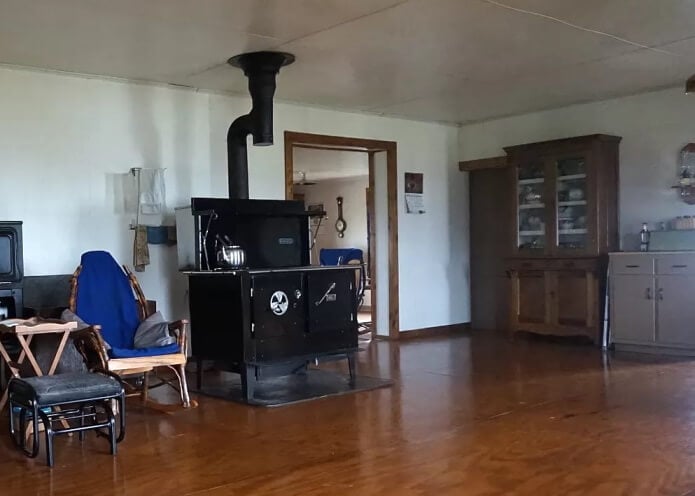
2. Heaters (Propane, Natural Gas & Kerosene)
Heaters powered by various fuels are another way to warm a home. These are more apt to be used as supplemental heating sources, though not necessarily. These heaters run off of fuels like propane, natural gas, and kerosene. Here is an example of what looks to be a propane tank with a heat lamp attached:
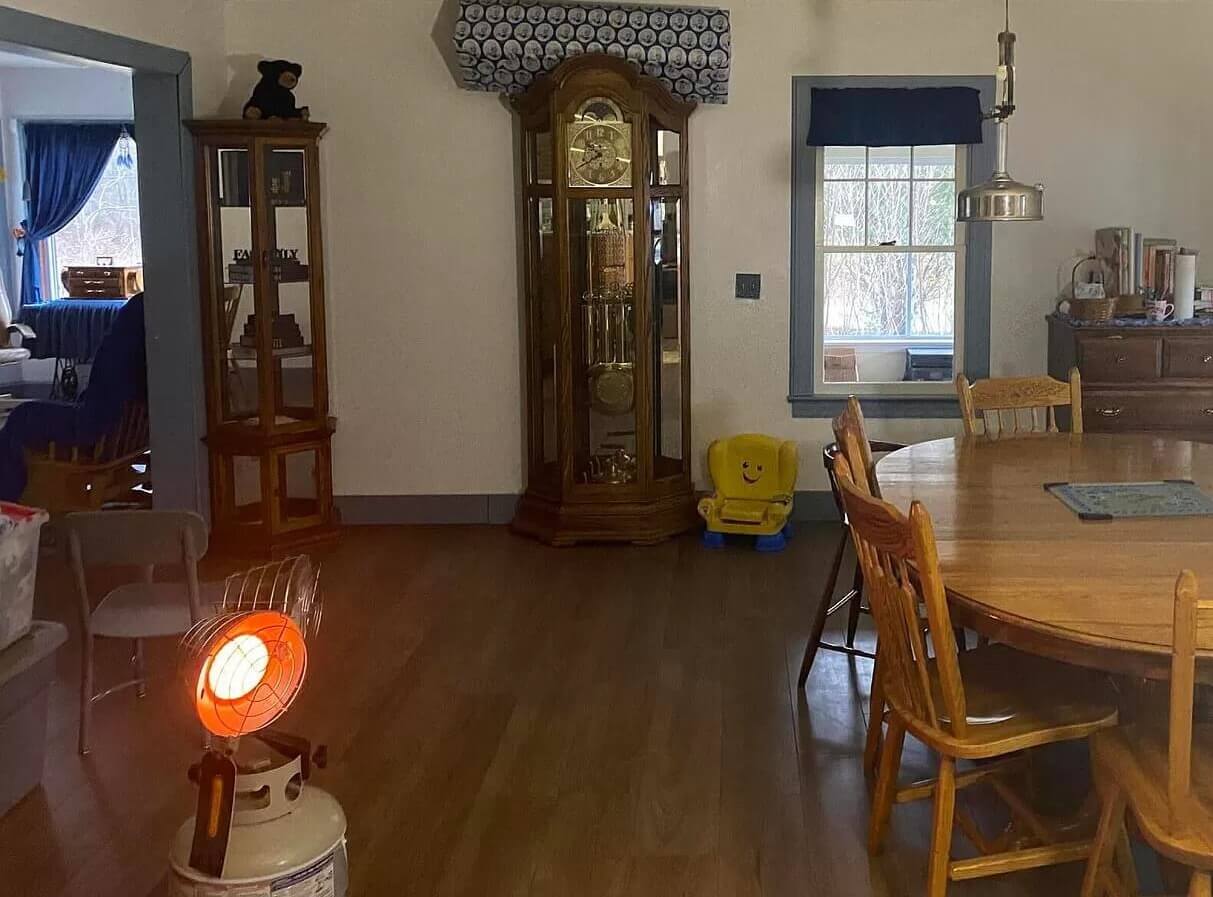
Kerosene is in general a more frequently-used fuel in the plainer communities. Here is an example of a kerosene stove in a Swartzentruber Amish home in New York. This photo was snapped at winemaking time as you can notice by the jug at lower right.
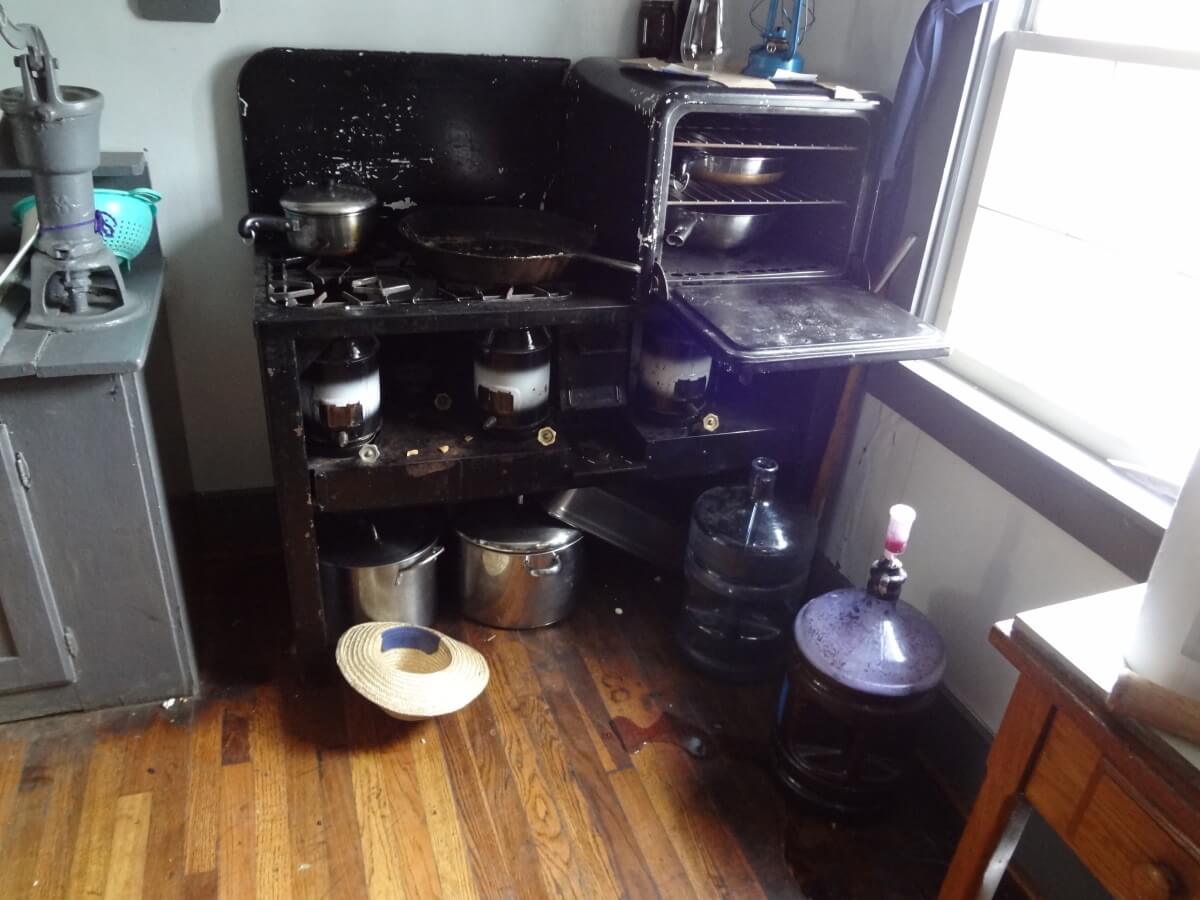
3. Heat from light sources
Amish illuminate their homes in a variety of ways, including by using skylights, dim kerosene wick lamps, and battery-powered lights, such as the hangable Dewalt battery lights that are quite common in some of the more progressive places.
Some of this will depend on how conservative or progressive a given church is. But one of the most common general forms of lighting is burning one of a number of fossil fuels in a thorium mantle lamp.
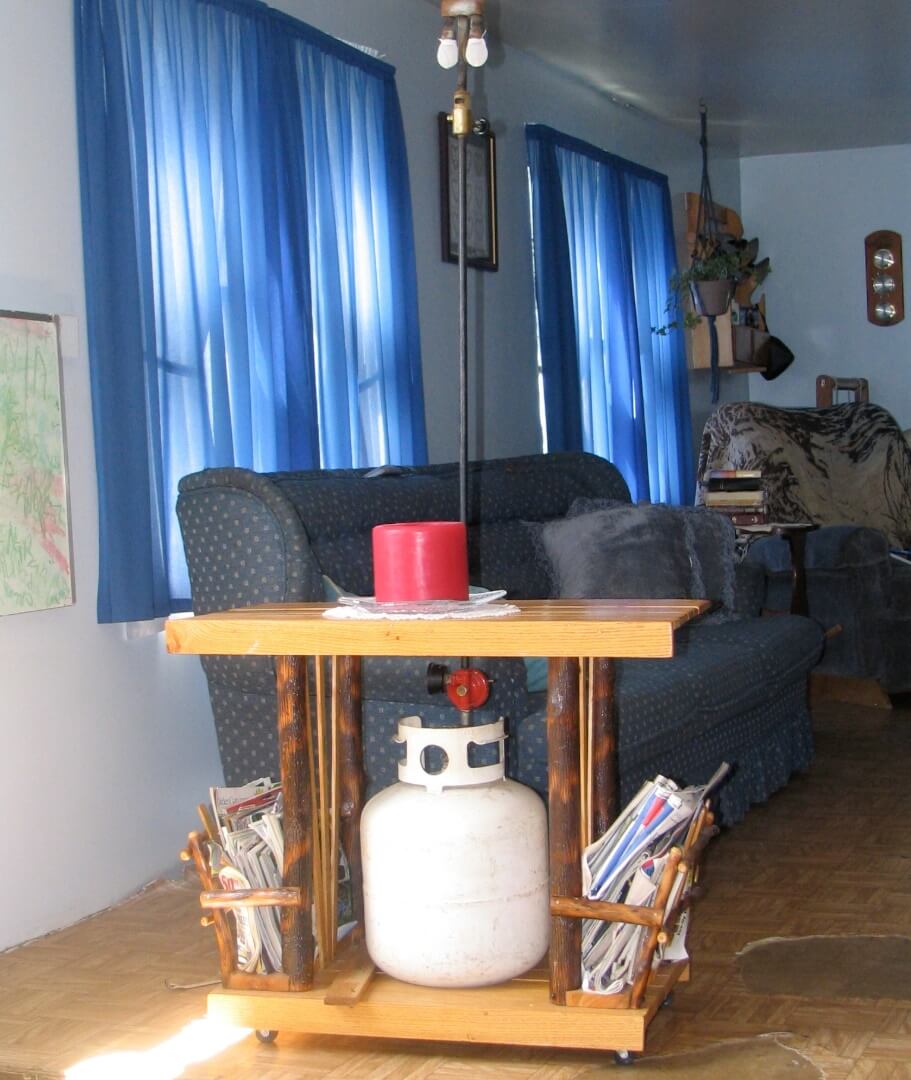
Fuels used here include natural gas, propane, mineral spirits (essentially paint thinner), and naphtha, aka “white gasoline”. Thorium, the special material comprising the lattice-like mantle, ignites and burns with an intense light, also giving off a lot of heat.
So this secondary effect of the lighting also serves to contribute to the home’s warmth. This can be a great thing in the winter months, less so in the summer months when the light is the only thing really needed.
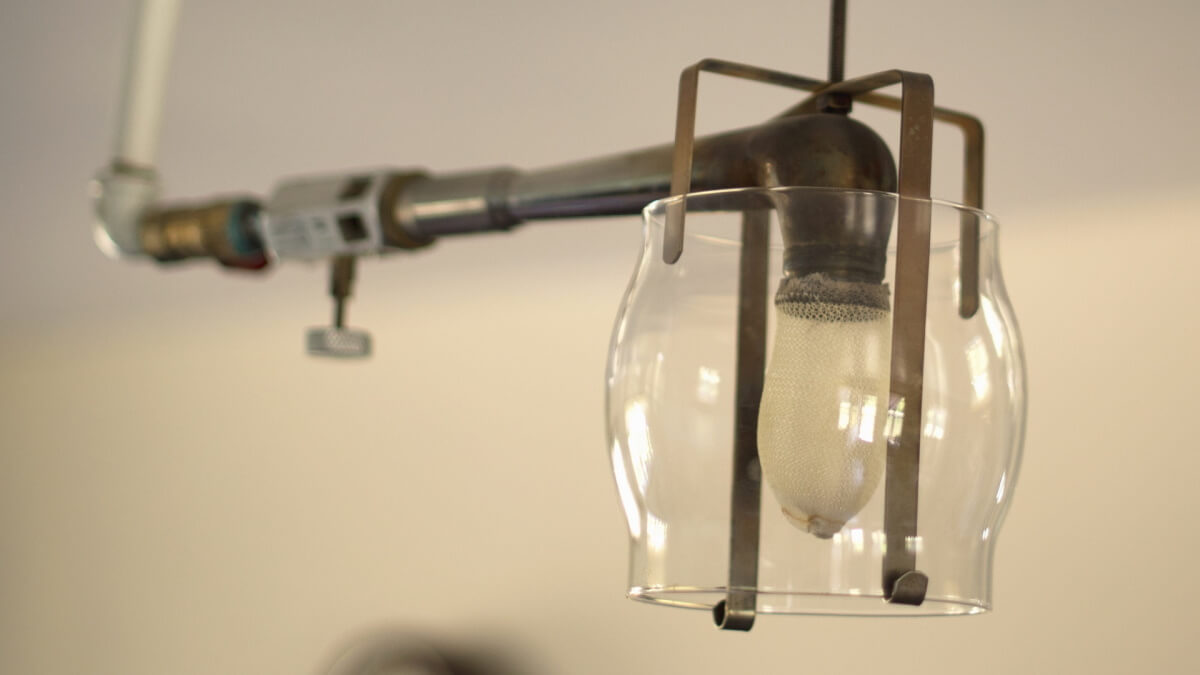
These lamps come in a variety of forms – units hangable on the ceiling, on hooks below metal heat shields, or systems built into the walls, or larger units which can be wheeled around a living area to situate the light (and heat) where it is most desired.
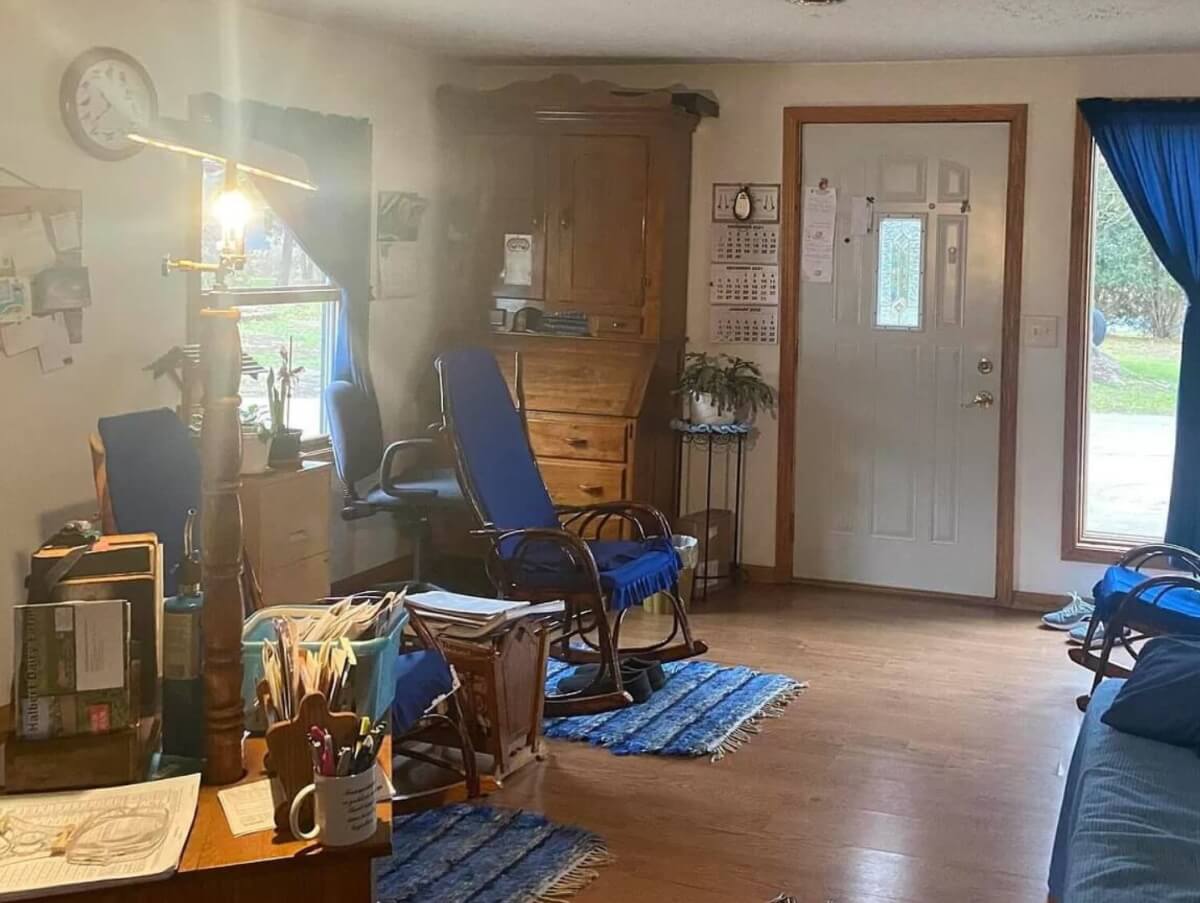
Other heat sources
These are not the only ways Amish heat their homes. I don’t talk about less-common variants like furnaces or boilers here. For example, one commenter on the accompanying video named Bruce Storey relates the following:
When one of my Amish friends rebuilt the house he lives in now, he had under-floor radiant heat installed throughout the entire house. The heat is generated with a propane boiler. This is one of the most comfortably warm houses I have ever been in.
I can’t say I’ve come across under-floor heat too often in Amish homes, but no doubt it is appearing in some of the more progressive homes of wealthier Amish people.
Also, you may find fireplaces in some Amish homes, but it’s not a particularly common form of heating. Why? Fireplaces are considerably less efficient ways to warm a home, than say a wood stove.

I’ve visited a certain family of Amish friends in Pennsylvania twice, once in summer and once in late fall/winter, since they’ve moved into an old farmhouse. The farmhouse happens to have a great big fireplace. And we did use the fireplace once – however it was in the summertime.
The reason? We had planned to have a backyard fire and make mountain pies, but it happened to rain that day. So the fireplace came in handy, but not because anyone felt particularly cold that June evening.
Heating Accessory: Stove-top fan
One heating enhancement used by some Amish is the stovetop fan. This device (which seem to be made out of a form of aluminum) is set on top of the hot wood or coal stove, and is actually heat-powered.
As the device heats up, the heat is apparently converted by a “thermoelectric module” into electricity, which spins the fan blades. This in turn helps to distribute some of the heated air from above the stove around the room. You can see an image of one here taken from a film I made inside an Amish store in Kentucky.

I tried to enhance it but it’s a little dark. There is a better view of it in the video below where I include the clip I filmed.
Amish “miracle” heater?
One final note: I also don’t mention the “Amish miracle heater” above, which some of you might recall making big news back in 2009. Over the course of several months the company behind it, Heat Surge of Ohio, ran a big advertising and marketing campaign with ad spreads in national medias like USA Today or Rolling Stone magazine.

They in turn got a ton of free advertising, when multiple major media outlets like the New York Times and Los Angeles Times covered the heater from the “what-is-this-miracle-Amish-heater-thing-and-is-it-really-‘Amish'” angle.
The product is essentially an electric heater, but embedded within an Amish-made wooden mantle. The “miracle” part was explained by the Heat Surge VP in an article for Consumer Affairs:
“The heating unit is made in China,” said Heat Surge Vice President David Baker. “These heaters are being called a miracle because they have what’s being called the ‘Fireless Flame’ patented technology that gives you the peaceful flicker of a real fire but without any flames, fumes, smells, ashes or mess. The patented ‘Fireless Flame’ looks so real it amazes everybody,” Baker said.
Hence, the “miracle” is in the looks of the heater, not the heater itself, which might explain why the advertising says that the heater is the “Latest home decorating sensation.”
So it’s an example of something sold using the Amish name, but not something the Amish themselves are really going to be using.
Amish Home Heating – Video
So if you’d like to view the video version of the above, you can check that out here below. Usually when I do these posts that go along with a video, I add some additional details to the written part, as I can squeeze more in to this format.
At the same time, the videos also have information not included here, in the form of images and some additional on-screen written content. I hope you enjoy. Runtime: 4:30.


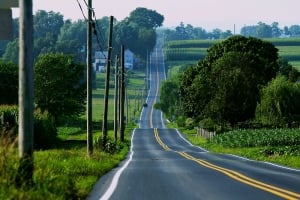
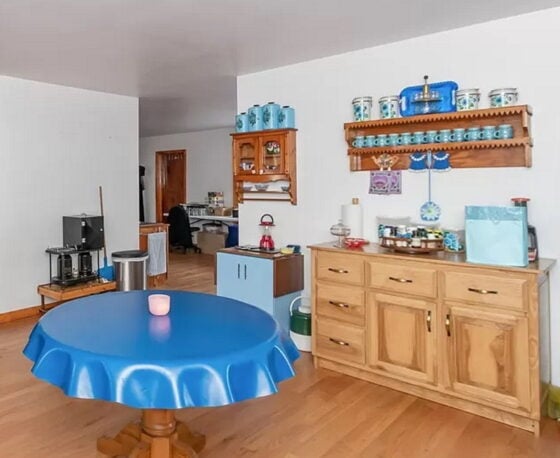

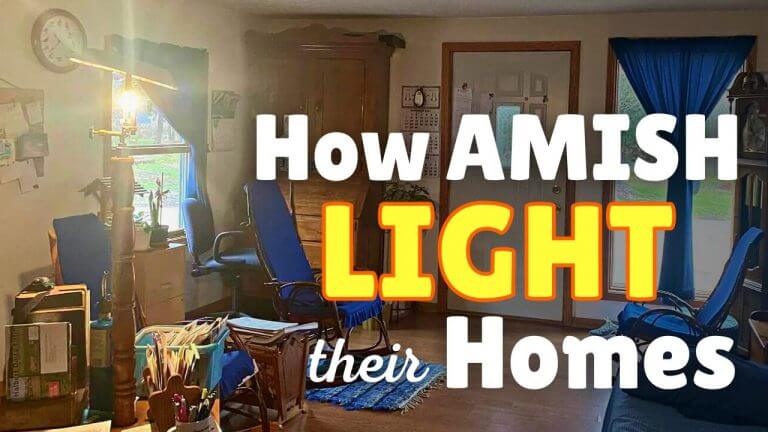
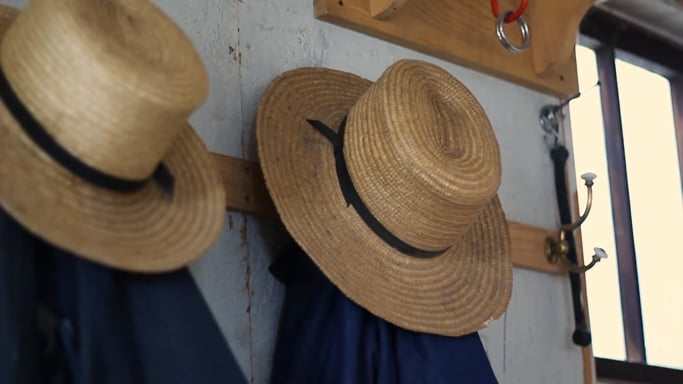
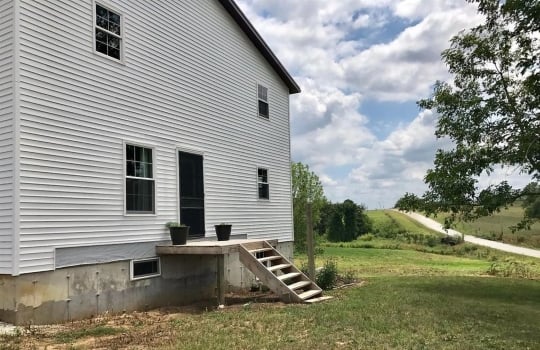
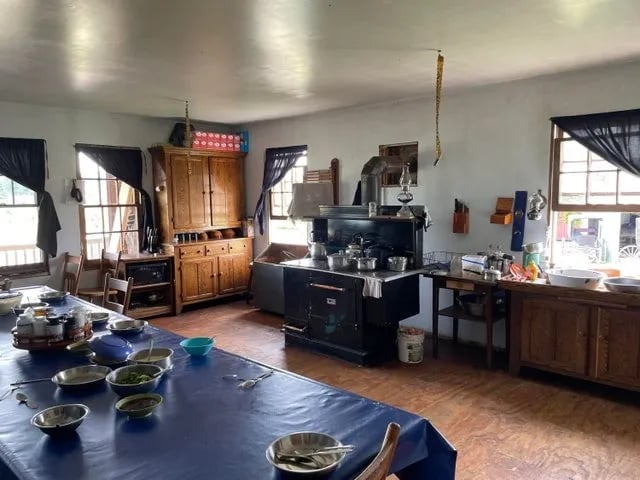
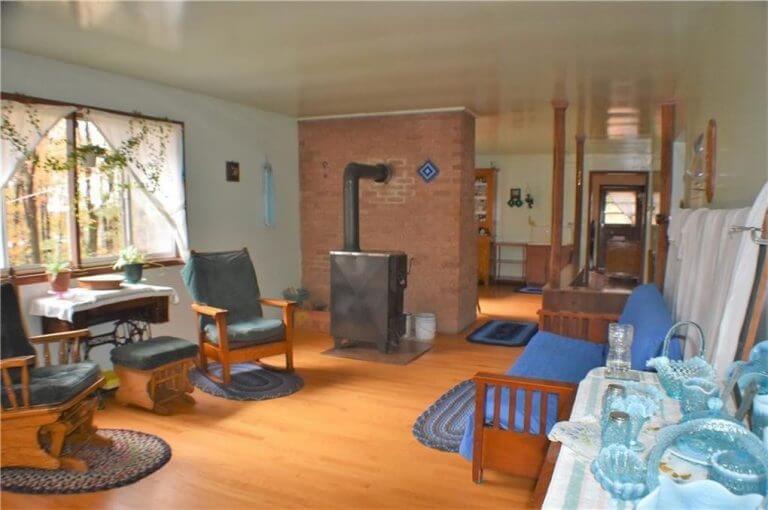
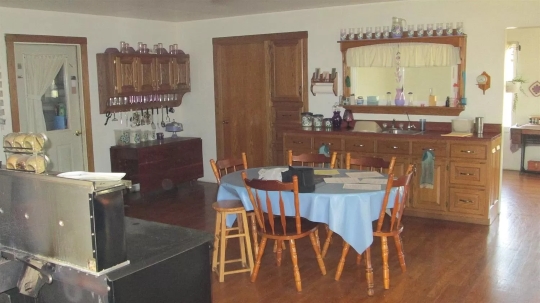
Natural gas?
You mentioned here, and I think I remember in some other other columns, the Amish using natural gas for cooking and/or heating. I understand using propane, as they have their own tank which gets refilled periodically. However, the only way I know of to get natural gas to your home is to have it piped in (though I may just not know of other ways). If this is the case, how is this really different from being connected to an electric grid. You are still being directly yoked to the outside world via a utility company. As a matter of fact, many electric utilities are also suppliers of natural gas (our utility is NYSEG, which stands for New York State Electric & Gas).
Great question. Just some off the cuff thoughts here. So I would say the mentality against being yoked to the outside world is for lack of a better word a bit “outdated” at least for some Amish.
The plainest Amish would still closely adhere to this way of thinking (and thus opt for fuels like kerosene rather than natural gas).
But there are plenty of other now-accepted “yokes” if we boil it down, which didn’t exist 50 or 100 years ago when Amish were much more isolated as farmers.
Non-Amish customers & business partners
Internet specialists which help them run their online presence
Smartphones(!)
Regular phone lines on the property and business
Amish taxi drivers
Amish have permitted a number of “yokes” to the point that this isn’t really a strong argument or principle. It becomes more like “the way things are done”. When power lines and phone lines were coming in and Amish churches were formulating their thinking about them, those things had much more symbolic weight than they do now.
Heating
I have a Hitzer Stove which I bought with a house in 1994. When we moved 2 years later, I knew the next owners would never appreciate the stove as much as we do. Nearly 30 years later, still going strong, though I did hook up a furnace blower to it for more efficiency.
On another note, from 1977 to 1991 I worked on oil and gas wells in Ohio and all over Appalachia, many on Amish farms. They really appreciated the wells as they got free gas for their homes, barns and businesses. The landowners generally received 1/8 of royalties as well!
You can see the, I think they’re called pump jacks, on Amish properties in Holmes County, OH. Fracking also was a big deal for some Amish areas about 10 years ago (time flies!).
Re
I saw a flier for two free heaters, but information wasn’t readable, can someone help? Ty
That’s just an example of their old ads from 2009. I don’t think those promos are active anymore.
Fossil fuel fumes indoors
I wonder about the concentrations of carbon monoxide and other byproducts of burning fossil fuel that build up in Amish homes. Propane is the cleanest, kerosene the worst.
Solar
I think you can heat a home using solar. Don’t Amish use batteries which is the use of electricity?
It would save the environment from polution gas, wood, etc..
Why don’t they use it? Is it too expensive to install?
Please help . . .
Greetings,
Could someone send me the mailing address for Mrs. Gloria Yoder?
Her husband passed tragically last April. I would like to send her a
little something. Thanks to those who can help me.
Kelly D.
Solar
I have seen an Amish man install solar. I have also seen another man make an electric buggy. I don’t know which Amish are open to this but please email me or text about wonderful businesses opportunity.. I’m very good with electric vehicles and solar.
Email or text or call. 510 978 785two and joe.Accorsi at the gmail.
I would love to save the environment and make them happier and maybe make solar buggies.